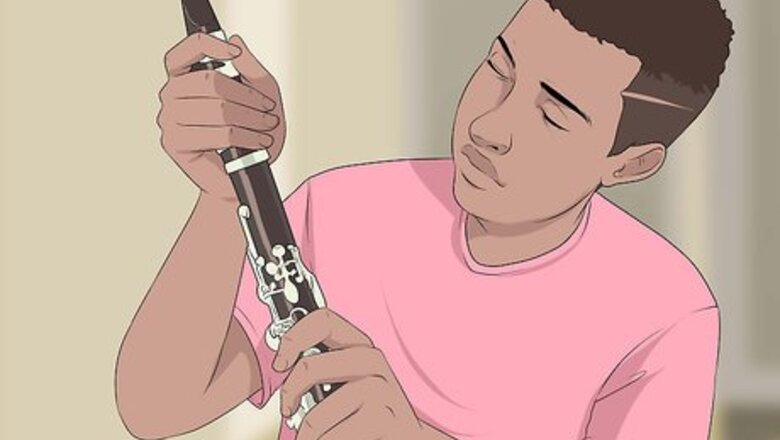
views
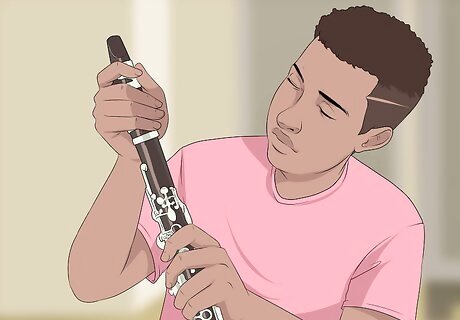
Assemble your clarinet and make sure your reed and ligature are positioned correctly. Your clarinet should be between 4 and 6 inches above you.
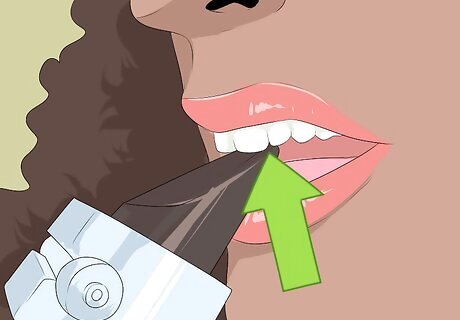
Place your two top front teeth onto the flat surface opposite of the reed, about 1 centimeter (0.4 in) to 1.5 centimeters (0.6 in) from the tip. Experiment with this as you get to playing, if this placement doesn't work for you.
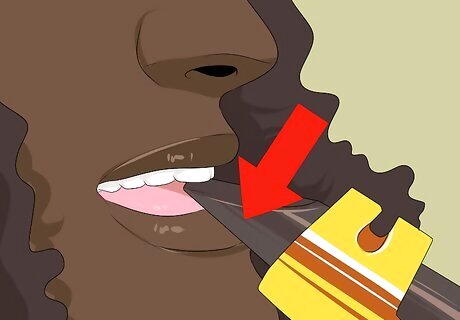
Place your bottom lip so it goes over your bottom teeth - don't put too much of your lip into your mouth - and put your lip onto your reed. Try to stretch your lower lip out as if you are putting on lipstick, which will flatten your chin and help you to produce a better tone.
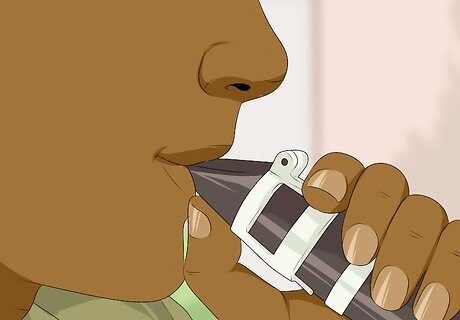
Wrap your lips around the mouthpiece in a "closing the drawstring" fashion to make sure the air is locked, but don't squeeze the reed too hard, or you'll squeak.

Position the mouthpiece so it points down. If you point it forward, it won't create as great of a sound.
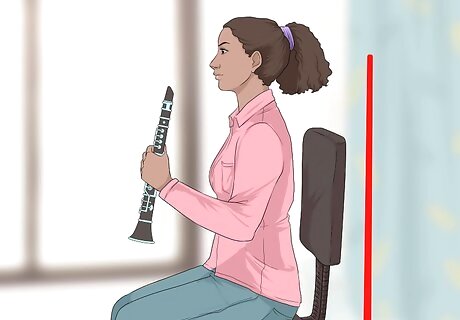
Sit up straight, and don't let your back slouch and touch the chair. Scoot forward slightly in your seat. This helps improve air flow and tone quality. This is very important because slouching will diminish the quality of your sound.

Close your eyes, think happy thoughts, and blow into the instrument. Start softly, so you can barely hear it, then start increasing the volume by blowing more air in the clarinet. If you've done it right, it should make a nice sound instead of a squeak or a weak noise. If not, try adjusting how much mouthpiece is in your mouth.

















Comments
0 comment